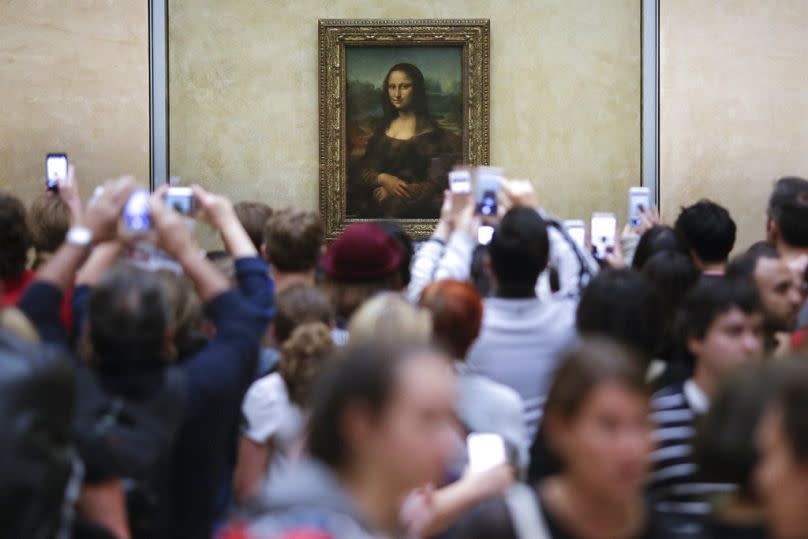The former interim director of London’s British Museum, Sir Mark Jones, believes foreign visitors to the UK’s museums and galleries should pay a £20 entrance fee.
If adopted, the move would end the UK’s long-standing tradition of allowing everyone free access to its public galleries, regardless of their nationality. UK galleries, however, do set an entrance fee for all visitors to specialist exhibitions or blockbuster shows.
As it stands, the UK is an outlier when it comes to charging. In France, Greece, across Europe and the United States, visitors face paying a charge to enter their major cultural institutions.


France’s Louvre Museum in Paris – the home of the Mona Lisa – charges €22 per adult visitor, Greece’s Acropolis Museum in Athens charges €15, while visitors to New York’s Metropolitan Museum of Art face forking out $30 dollars (€28) to enter.
Personal view
Speaking in a personal capacity, as his tenure an interim director ended earlier this year, Sir Mark believes the extra cash raised from the charges are vital to ensure the long-term sustainability of the British Museum and the important UK cultural sector.
He estimates that it will cost between £400 and £500 million to restore the British Museum’s leaky buildings and develop much need additional gallery space to showcase the millions of artefacts the museum holds out of public view in its vaults.


Under his plan all foreign visitors above 25 years old would pay the £30 (€28) fee. Those under 25, regardless of their nationality would still get free access.
The cash generated would also go towards driving down ticket prices for the British Museum’s special exhibitions and reduce the massive queues of visitors, often seen snaking around the museum’s central London building.
Too many people
Overcrowding in Europe’s museums and galleries is often cited as a major problem for culture vultures, with the Mona Lisa near the top of the list of the attractions that disappoint because of the crowds.


Last year The British Museum was the UK’s most-visited attraction Figures from the Association of Leading Visitor Attractions (ALVA) showed the museum clocked-up more than five million visits, a 42% increase on 2022.
